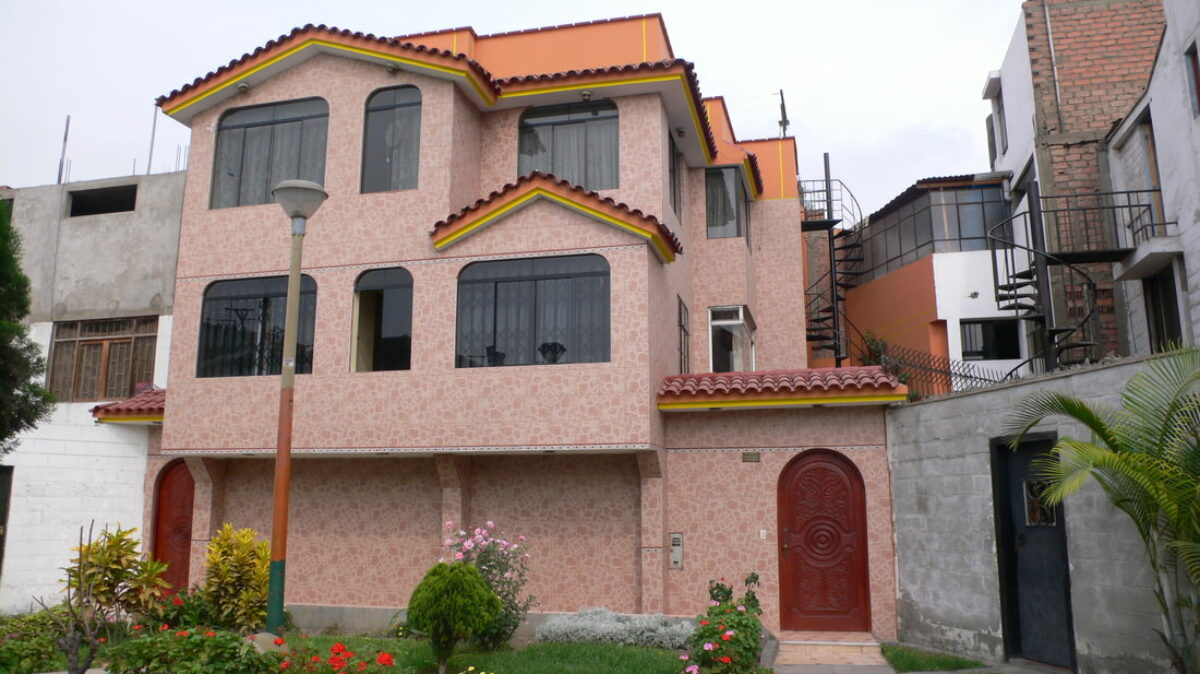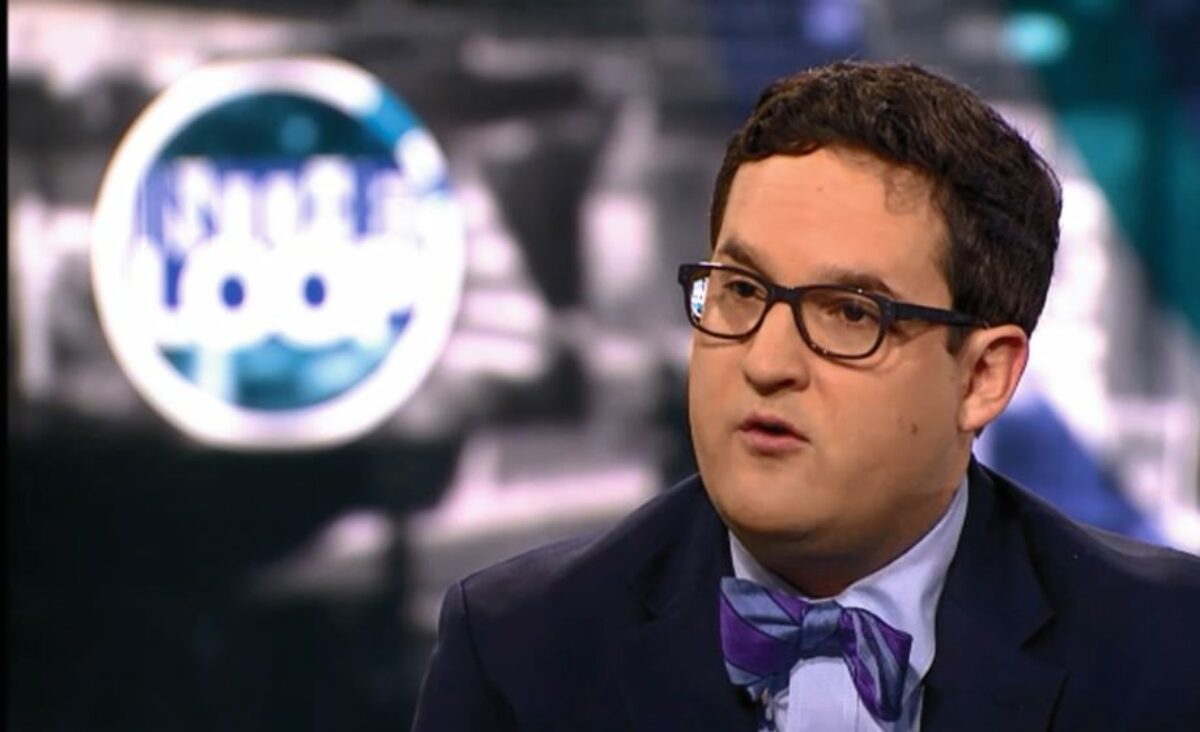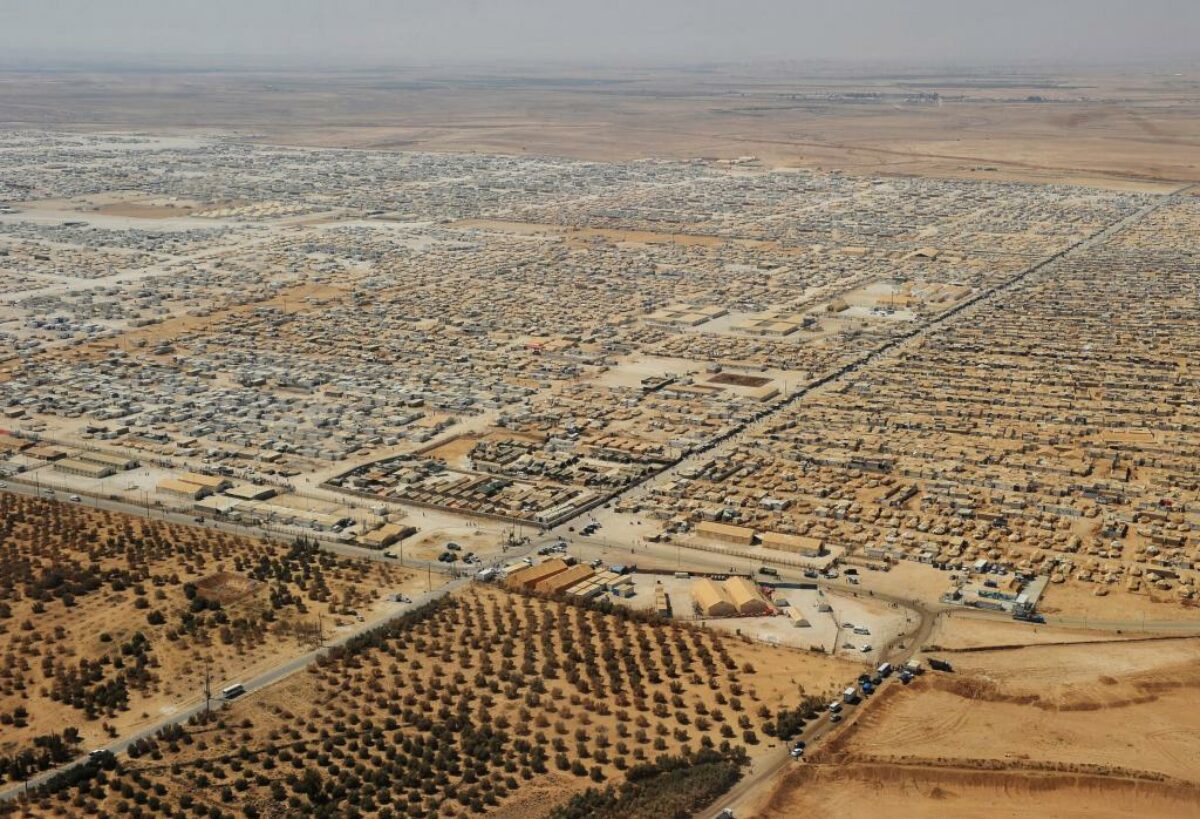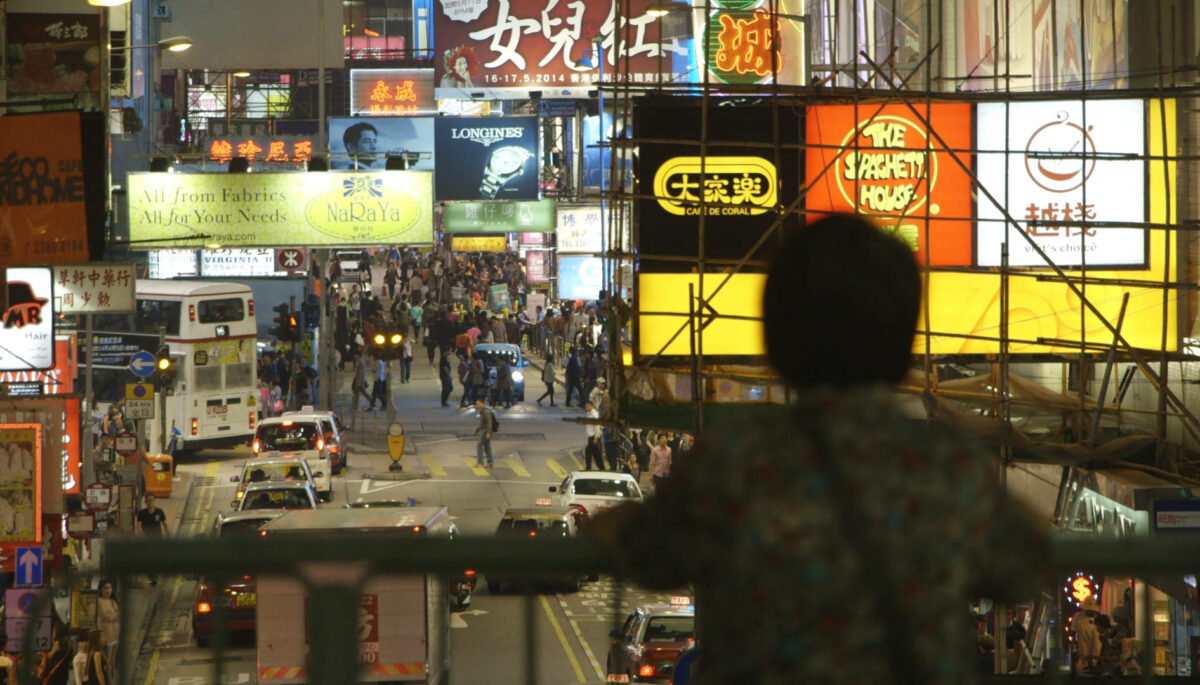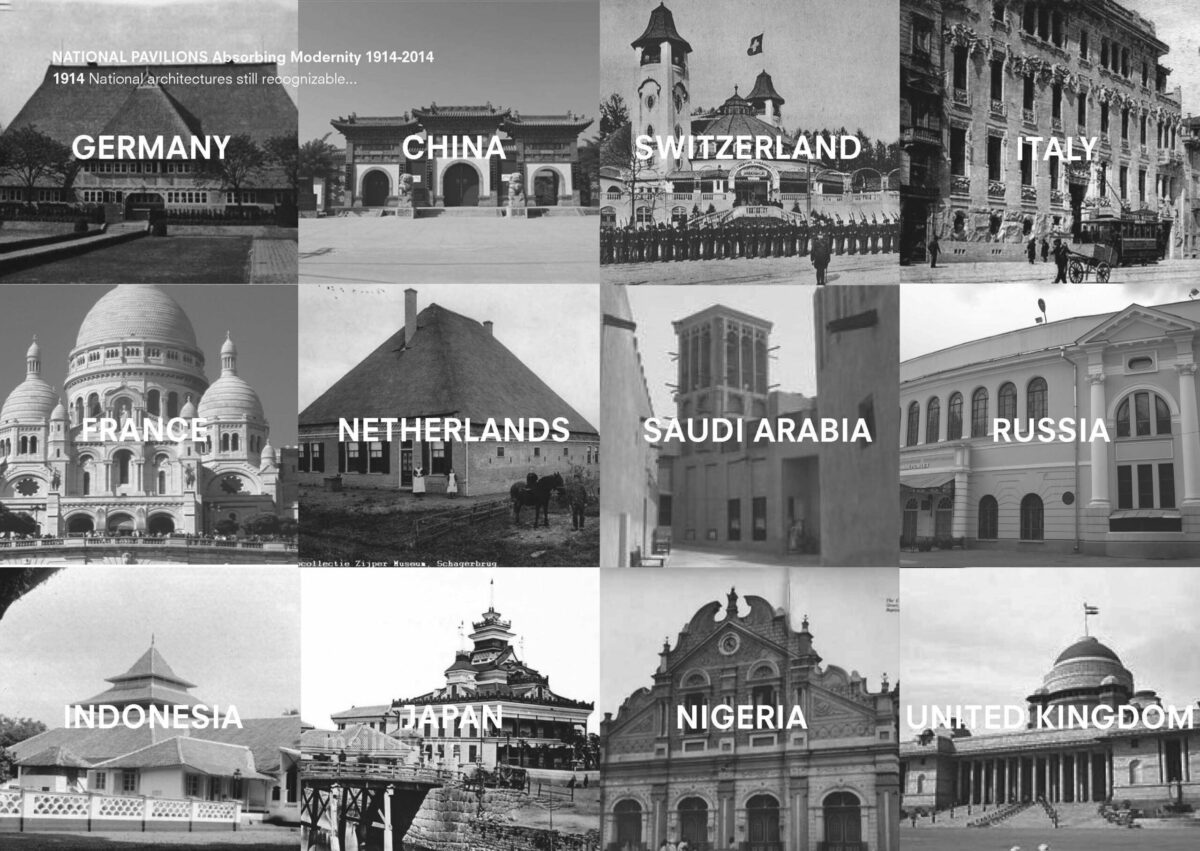Bureau Europa presents the third iteration of an exhibition of the work of architect Cedric Price and the first public appearance of some of his selected projects in the Netherlands. As a satellite component tot he exhibition, a special Cedric Price insert magazine is created in collaboration with Volume. Volume readers will find the insert in the back of Volume #42.
Make sure you don't miss Malkit Shoshan's seminar on 27 November about the impact of peace-keeping missions. To get a preview on her ideas on the matters at stake, read her article in Volume #40: Architecture of Peace Reloaded.

